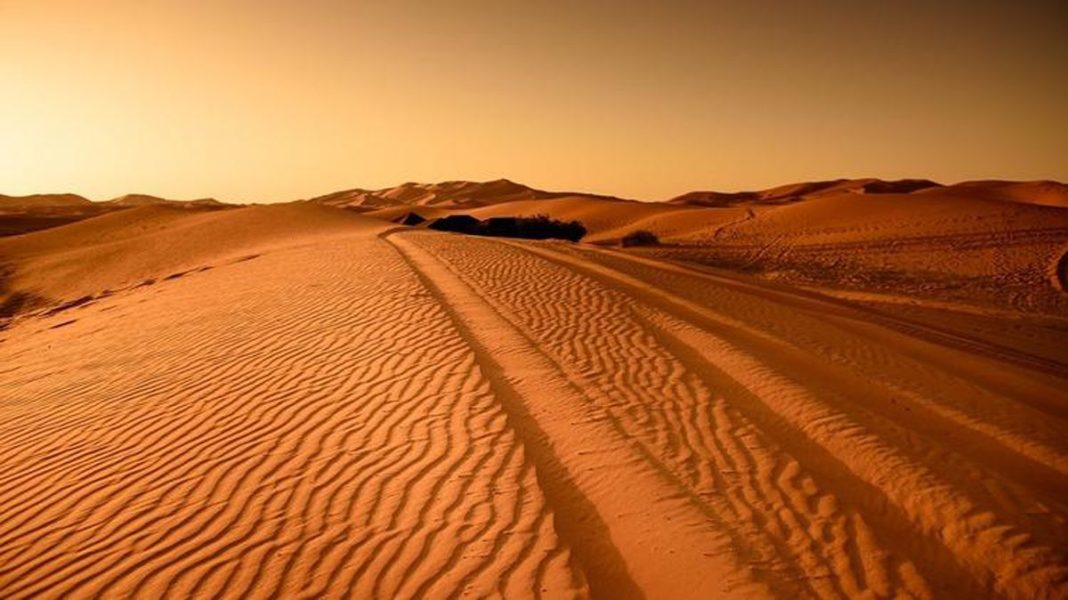The Gobi Desert is spread over the territory of two countries — Mongolia and China. Despite the growing popularity of this destination and the increasing number of tourists, it is still too early to talk about a developed tourist infrastructure.
Hotels and campsites can be found along the main roads and close to the most popular attractions. There are places to stay in Ulaanbaatar and its suburbs, as well as in the ancient capital of Mongolia, Kharkorin, but the deeper into the desert, the fewer accommodation options.
The best way to get around the country and the desert is with off-road vehicles. Although public transport exists and is quite cheap, it does not take you very far.
Many agencies specialize in quirky tours and adventure travel, and if you don’t have potential travel companions, that’s where you should go.
Traveling alone, or even traveling as a group of four in the same car, is not an option in the Gobi for security reasons. There must be at least two vehicles in the caravan.
In addition to camping gear, clothes, and food, there are other important things to keep in mind: take medicine, plenty of water, spare tires, and fuel for your car.
It is useful to learn at least a few common Mongolian words and phrases. There are practically no English speakers in the desert, and if you have no plans to hire a local guide, be sure to learn words like «water», «fuel», and «toilet».
All maps and required applications must be downloaded for offline use. Find out beforehand how to use them without the Internet, because there may not be a good mobile connection in the desert.
The best time to visit the Gobi Desert is from April to mid-June when the weather allows for comfortable camping.
What to watch?
Hermen-Tsav canyon is a 20 km long canyon, which was formed from red clay rocks as a result of erosion. The height of the rocks reaches 200 m. In the center of the canyon, there is a green oasis, invisible from above. At the beginning of the 20th century, a paleontological expedition worked there, discovering many dinosaur skeletons and fossilized eggs. The search for such artifacts continues to this day.
Flaming rocks (Bayanzag) are famous Martian landscapes. They were also created by nature from red mud. This is perhaps one of the most popular tourist destinations in the Gobi Desert, and small campsites can even be found nearby. The drive from Bulgan town is only 15 km, so this is a good option for a day trip if you prefer to spend the night closer to civilization. People come here for sunsets: in the light of the setting sun, these views take on truly cosmic colors.
Khongoryn Els — the highest dunes of the Gobi. It is rare to see yellow sand in this desert. The Gobi mainly consists of rocky plateaus, and the sandy part makes up no more than 3 percent of its territory. All the more remarkable are these golden dunes. Sand deposits extend for 15-18 km, reaching 300 m in height. The dunes are located on the territory of the Gobi Gurvansaikhan National Park and border the Gobi Nature Reserve.
The Yolyn-Am Gorge is located on the edge of the desert and is a great place to change perspective: the gorge is much cooler than the desert and is covered with snow almost all year round. The valley is located at an altitude of 2,109 m and is surrounded by 2,815 m high peaks. This is a great place for hiking or horseback riding.
Camps and facilities
The level of service in Mongolia is getting better every year, and in places where yesterday there was no road, today can have both sidewalks and hotels.
There are decent hotels along the main paved roads in the north of the country, and there are campsites in popular tourist spots. The latter do not have amenities: except no shower at all, and the toilet is outside.

